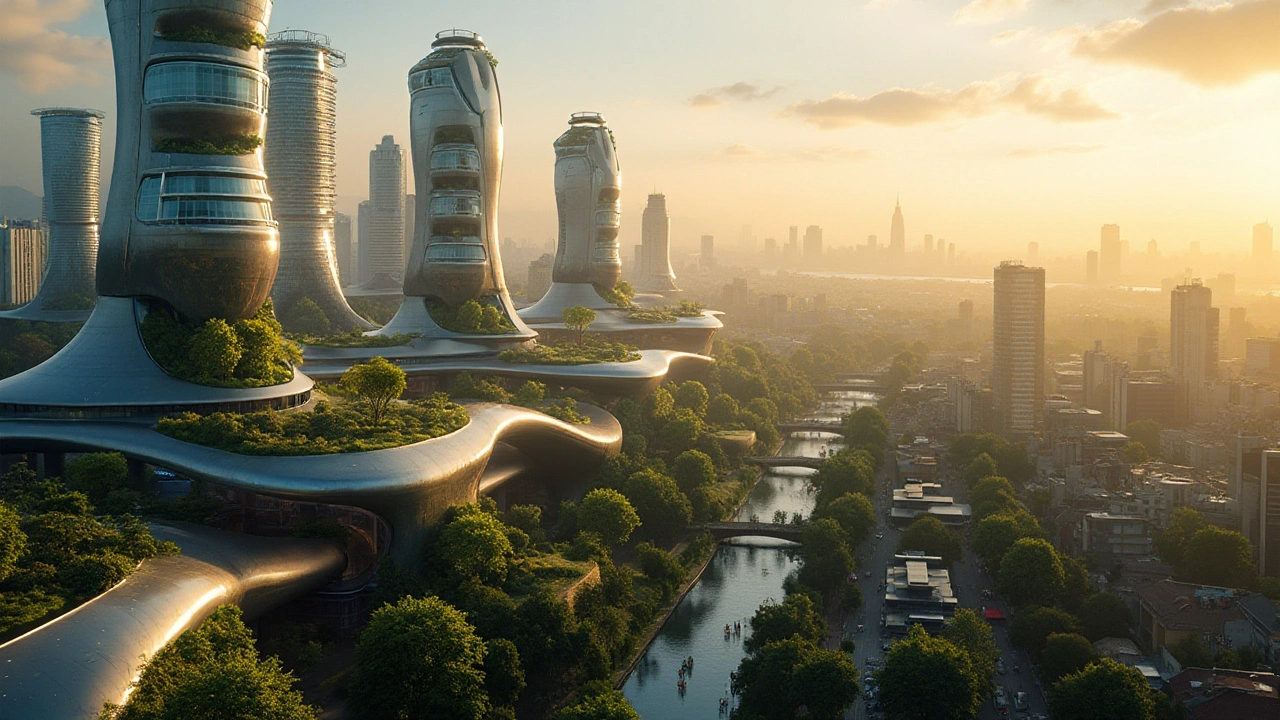Artistic Innovation: How Architecture and Design Break the Rules
Artistic innovation shows up when someone says no to the usual and tries a new shape, material, or idea. Think of Roman concrete and arches that made huge public spaces possible, or Art Nouveau's flowing lines that turned facades into sculptures. If you want to recognize or use innovation, focus on the move from idea to result—what problem did the change solve?
How to spot artistic innovation
Look for visible changes in function, form, or materials. Does a building use a new structure—domes or thin-shell roofs—as Byzantine and Renaissance architects did? Is ornament married to purpose, like Beaux-Arts façades that both frame and guide movement? Modern innovation can be subtle: minimalism in tech cuts features to boost focus, while postmodern buildings mix styles to make a point. Notice details: a gambrel roof on Dutch Colonial Revival, flowing ironwork in Art Nouveau, or bold asymmetry in Expressionist buildings.
Context matters. An innovative move in one era might be revivalist in another. Revivalism takes older ideas—Greek columns or Gothic arches—and twists them for new meanings. That’s artistic innovation too: reusing the past in a fresh way. When you see familiar elements used unexpectedly, you’re seeing creativity at work.
Practical ways to use artistic innovation
Want to bring innovation into a project? Start with a clear problem: better light, lower cost, easier maintenance, or stronger identity. Pick one constraint and change one variable—material, shape, or program. For example, swap heavy masonry for lighter concrete to free up interior space like the Romans did, or add natural motifs to public railings to create an Art Nouveau vibe without heavy expense.
Mix old and new carefully. You can borrow a classical element, like a column or pediment, and simplify it for modern use. Or apply a revivalist detail to a modern layout—think a Georgian rhythm on a contemporary townhouse facade. Small moves—pattern, window rhythm, or entry proportions—often have the biggest visual impact.
Preservation can be innovative too. Restoring Beaux-Arts or Gothic Revival buildings demands modern methods: reversible repairs, updated HVAC hidden inside historic shells, or 3D scanning to recreate lost details. Innovation here balances authenticity and performance.
Finally, test ideas at human scale. Sketch, model, and walk through mockups. Innovations that look clever on paper fail if they make daily life harder. Good innovation makes life easier, more beautiful, or more meaningful. Try one small experiment—rethink a doorway, a window grouping, or a material—and see how it changes the whole space.
Curious about specific styles and examples? We cover Roman engineering, Gothic and Renaissance revivals, Byzantine domes, Art Nouveau details, postmodern twists, and minimalist tech thinking across our articles. Pick one style you love and apply a single idea from it—then watch your design grow bolder and smarter.

Neo-Futurism Creativity: Pioneering Tomorrow's Artistic Landscape
Neo-Futurism, an architectural and visual arts movement, merges high-tech and futuristic elements with groundbreaking design concepts. It represents the vision of an era characterized by fluidity, biomorphic forms, and sustainable technologies. This article explores the movement's principles, its influence on modern creativity, and its potential to reshape artistic practices. Discover tips on integrating neo-futuristic themes in creative projects.
Read more